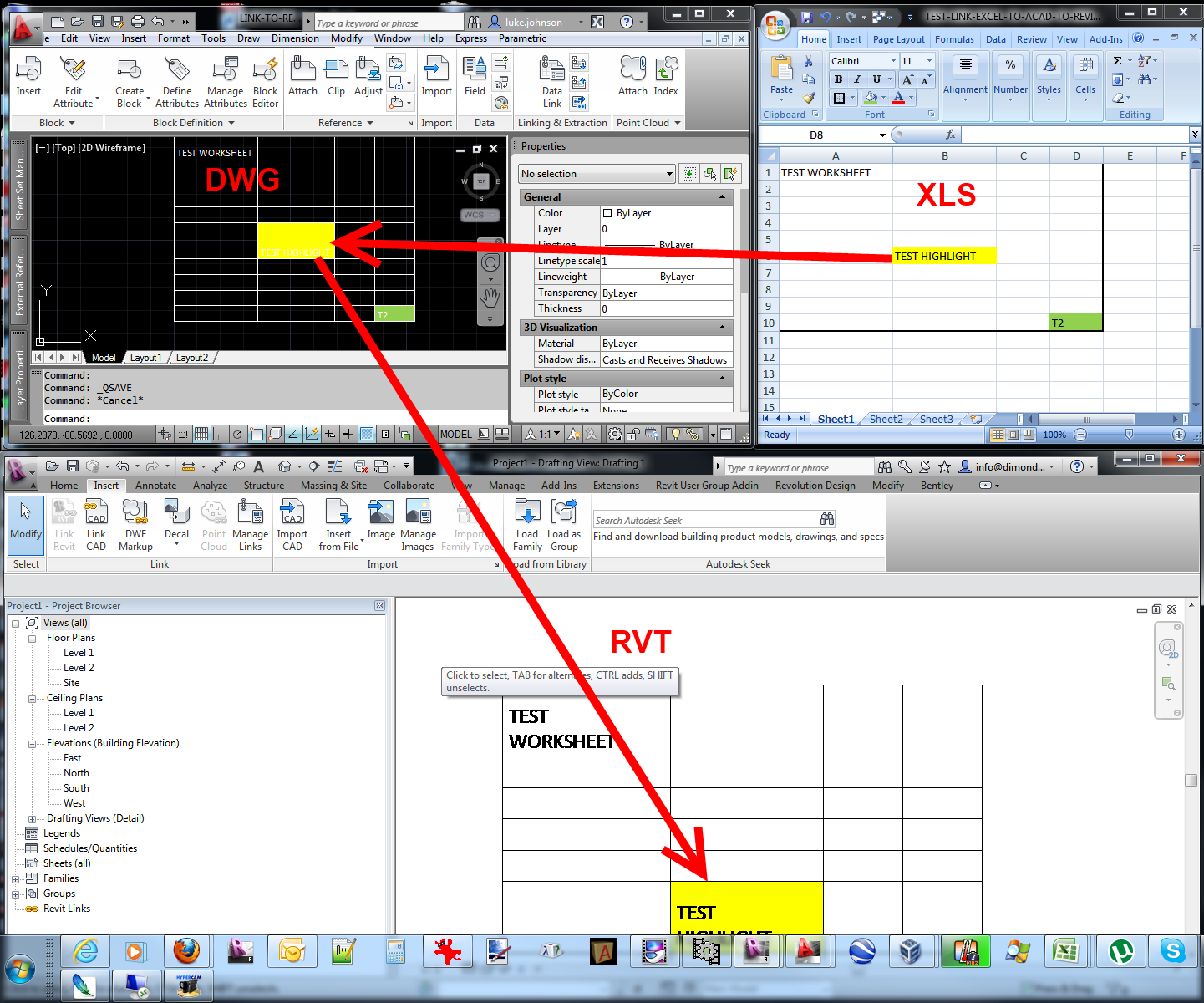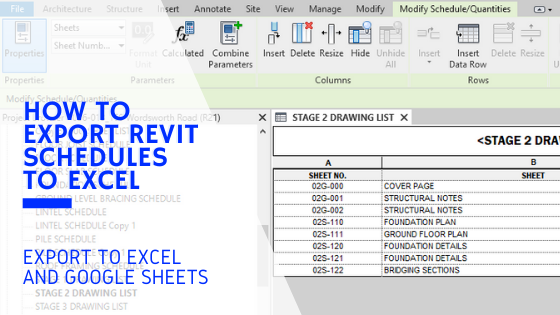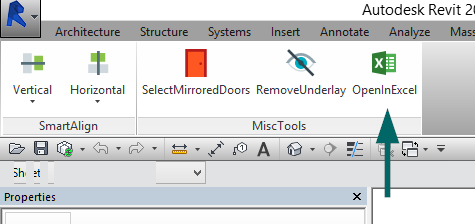Efficiency Satisfies Accuracy: Check Out Necessary Revit Tools
Wiki Article
Grasping the Art of Information Combination: How to Seamlessly Import Excel Record Into Revit
Are you having a hard time to import Excel data right into Revit smoothly? Look no more! In this short article, we will certainly guide you through the process of grasping the art of data integration. Discover the relevance of seamless assimilation in Revit and check out the Excel data style for Revit combination. Prepare yourself to prepare your Excel information effortlessly and follow our step-by-step guide to import data right into Revit. With our finest methods, you'll achieve data combination success in no time. Let's start!Recognizing the Relevance of Data Integration in Revit
Comprehending the value of data integration in Revit is essential for smooth importing of Excel data. When you integrate data from Excel right into Revit, it enables you to efficiently take care of and upgrade information throughout the whole task. This combination makes certain that your style and building procedure is precise and updated.By integrating data, you can quickly import and upgrade parameters, timetables, and also geometry in Revit. This removes the requirement for hand-operated data access, conserving you time and reducing the threat of errors. With Revit's information assimilation capacities, you can keep consistency and precision in your task, while likewise improving partnership amongst staff member.

Exploring the Excel File Format for Revit Combination

In order to effectively incorporate Excel data into Revit, it is important to make certain that the data is formatted appropriately. This consists of appropriately classifying columns and rows, along with structuring the data in a way that is compatible with Revit's information schema. Revit utilizes specific parameters and categories to arrange data, so it is essential to align the Excel information with these specifications to make sure a seamless integration.
Additionally, it is very important to note that Revit just sustains specific data kinds when importing from Excel. These include message, numbers, and days. Any various other information types, such as solutions or conditional format, will certainly not be recognized by Revit and may cause concerns during the integration process.
Preparing Your Excel Data for Seamless Import Into Revit
To make certain a smooth assimilation process, you'll need to properly layout and label the columns and rows in your Excel information prior to importing it into Revit. Beginning by examining your Excel data and identifying which columns and rows have relevant information for your Revit project.Following, make certain that the information in each column is correctly formatted. For instance, if you have a column for dimensions, make certain that all measurements are regularly formatted in the very same devices of dimension. Revit counts on constant format to precisely analyze and import information.
In addition, it is essential to check for any vacant cells or incongruities in your data. Revit may not be able to review or import data from cells that are vacant or include mistakes. Consequently, it is advised to evaluate your Excel data and tidy up any kind of disparities prior to importing it right into Revit.
Step-By-Step Guide to Importing Excel Files Into Revit
Once you've appropriately formatted and classified your Excel data, you can conveniently import it right into Revit by following this detailed guide. To start, open Revit and navigate to the "Insert" tab. Click on "Import CAD" and pick "Import Excel" from the dropdown food selection. A new window will appear, asking you to situate the Excel documents you desire to import. Surf your computer system and select the Excel file, then click "Open."Following, a dialog box will show up, allowing you to tailor the import settings. Below, you can choose the worksheet you intend to import, define the variety of cells to import, and pick the proper devices for your data. Once you've made your selections, click "OK" to continue.
Revit will now show a preview of your Excel information. Take a minute to ensure and evaluate the preview that whatever looks correct. If required, you can make changes to the import settings by clicking the "Setups" button.
Ideal Practices for Data Combination Success in Revit
Ensure you comply with these finest techniques to guarantee effective integration of information in Revit. Most importantly, it is important to organize your data in Excel prior to importing it right into Revit. This suggests ensuring constant calling conventions, appropriate format, and precise information representation. Next, take advantage of Revit's integrated tools for data mapping. This will certainly enable you to match the columns in your Excel documents with the equivalent criteria in Revit. Bear in mind the units and data types when mapping the data, as any type of inconsistencies can lead to mistakes in the assimilation procedure.One more important technique is to on a regular basis verify and update your data. Furthermore, make usage of information validation tools within Revit to identify any kind of errors or disparities in the integrated information.
Last but not least, it is suggested to establish a clear process for data assimilation. This includes specifying obligations and roles, establishing a communication channel between staff member, and establishing a routine cadence for data updates and reviews. By following these finest practices, you can make sure a seamless and successful assimilation of data in Revit, ultimately improving the effectiveness and accuracy of your project.
Conclusion
In conclusion, mastering the art of data combination is critical for smooth import of Excel submits into Revit. Understanding the relevance of data assimilation revit tools in Revit is the first step towards effective integration.When importing data from Excel into Revit, it is essential to understand the documents style and just how it can affect the combination procedure (revit tool). Revit utilizes certain parameters and classifications to organize data, so it is crucial to straighten the Excel information with these criteria to ensure a smooth integration
Be mindful of the information and units types when mapping the information, as any type of inconsistencies can lead to mistakes in the assimilation process.
In addition, make usage of data validation devices within Revit to determine any type of mistakes or variances in the incorporated information.

Report this wiki page